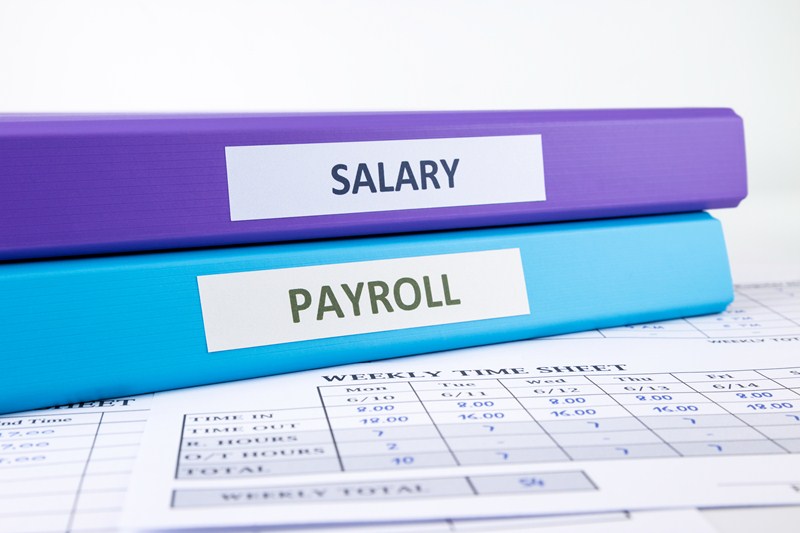HMRC is reminding married couples and those in civil partnerships that there is still time to sign up for marriage allowance before the end of the current tax year (5 April 2023) if they are eligible and haven’t yet claimed.
The marriage allowance applies to married couples and those in a civil partnership where a spouse or civil partner does not pay tax or does not pay tax above the basic rate threshold for Income Tax (i.e., one of the couples must currently earn less than the £12,570 personal allowance for 2022-23).
The allowance works by permitting the lower earning partner to transfer up to £1,260 of their personal tax-free allowance to their spouse or civil partner. The marriage allowance can only be used when the recipient of the transfer (the higher earning partner) does not pay more than the basic 20% rate of Income Tax. This would usually mean that their income is between £12,570 to £50,270 in 2022-23. The limits are somewhat different for those living in Scotland.
This transfer could result in a saving of up to £252 for the recipient (20% of £1,260), or £21 a month for the current tax year. In fact, even if a spouse or civil partner has died after 5 April 2018, the surviving person can still claim the allowance (if they qualify) by contacting HMRC’s Income Tax helpline.
If you meet the eligibility requirements and have not yet claimed the allowance, you can backdate your claim to 6 April 2018. This could result in a total tax-break of up to £1,242 if you can claim for 2018-19, 2019-20, 2020-21, 2021-22 as well as the current 2022-23 tax year. In fact, even if you are no longer eligible but would have been in any of the preceding years then you can still claim your entitlement.












